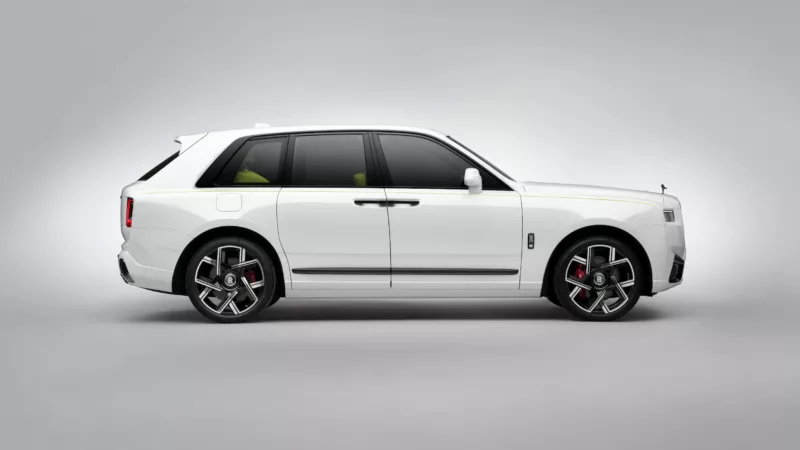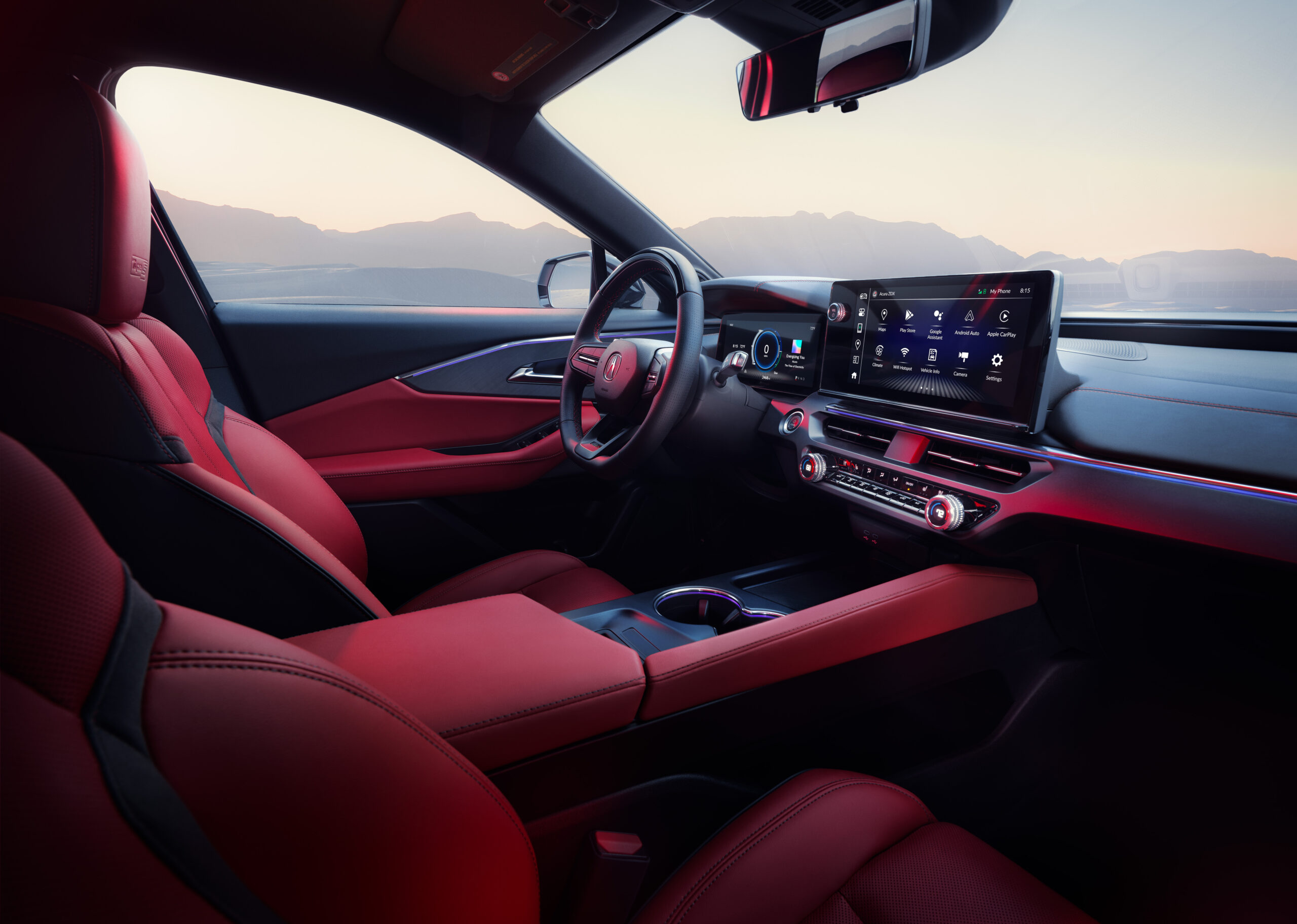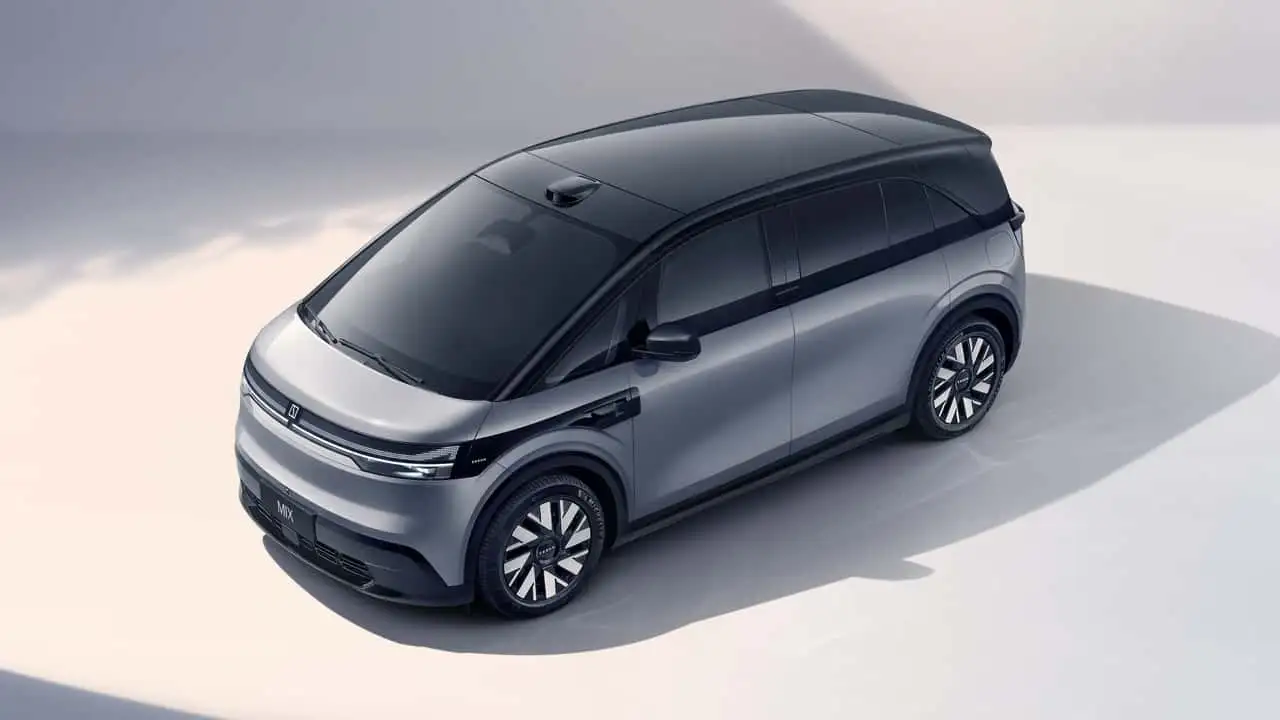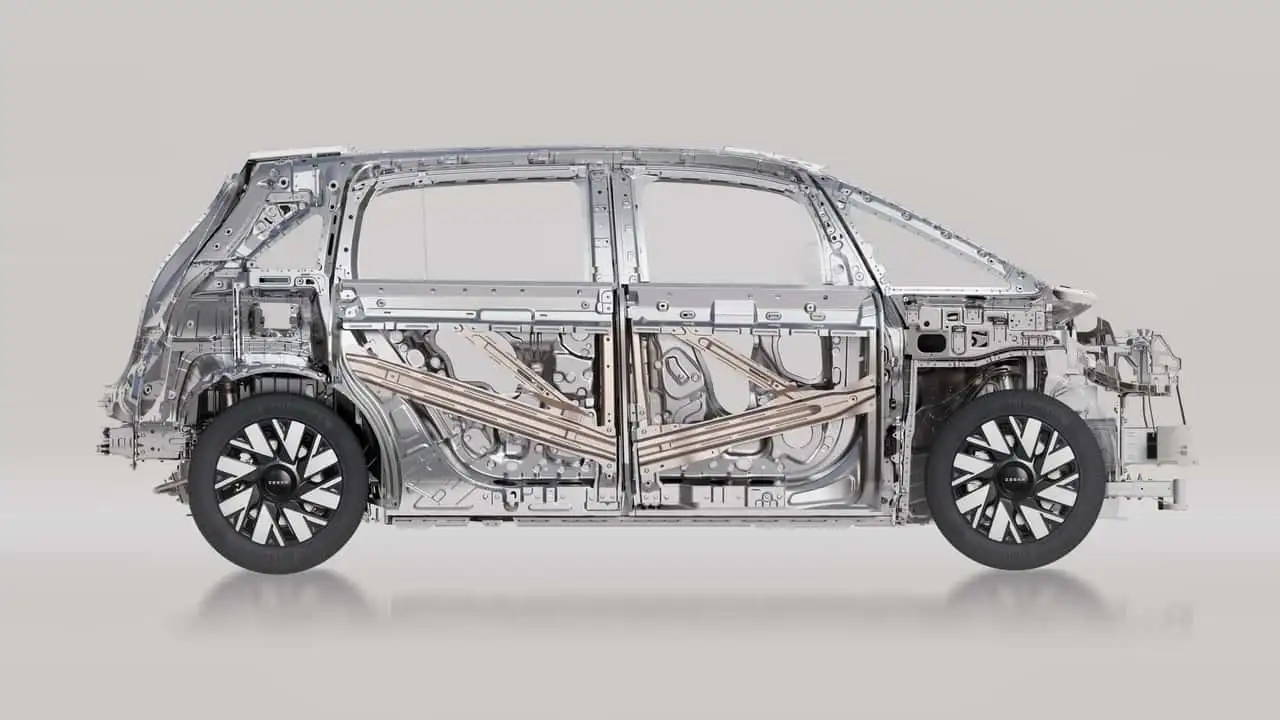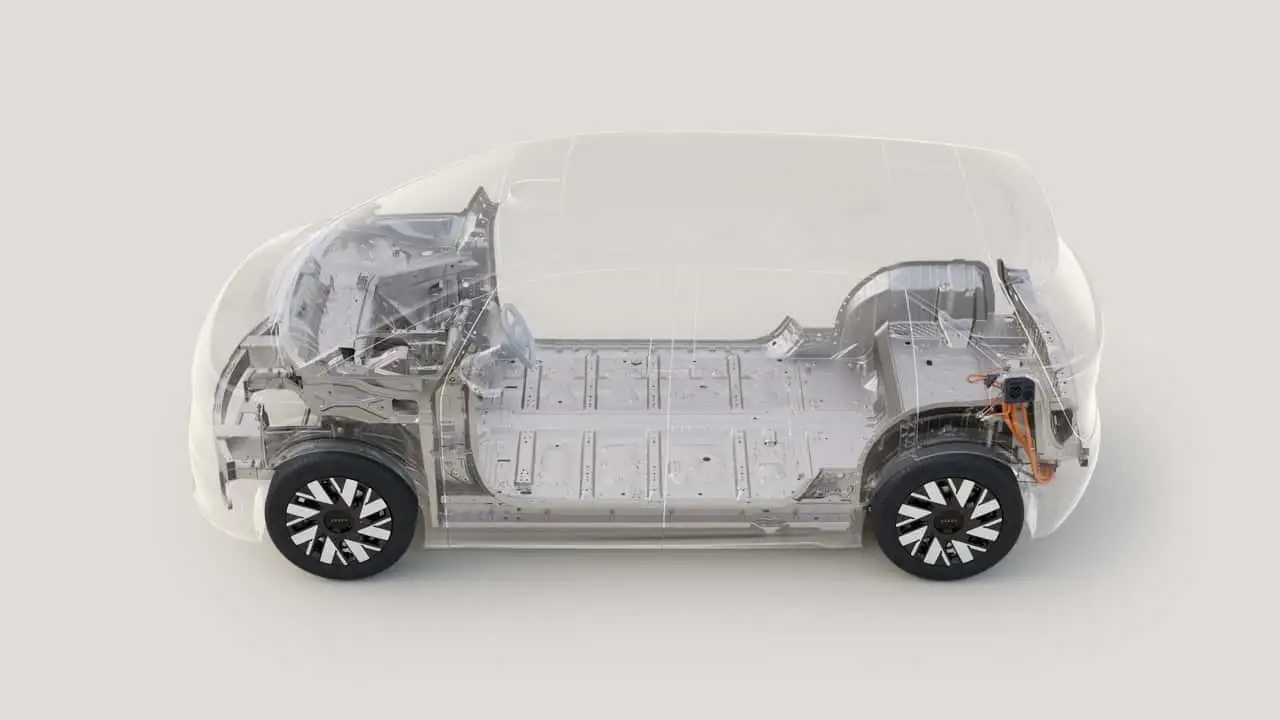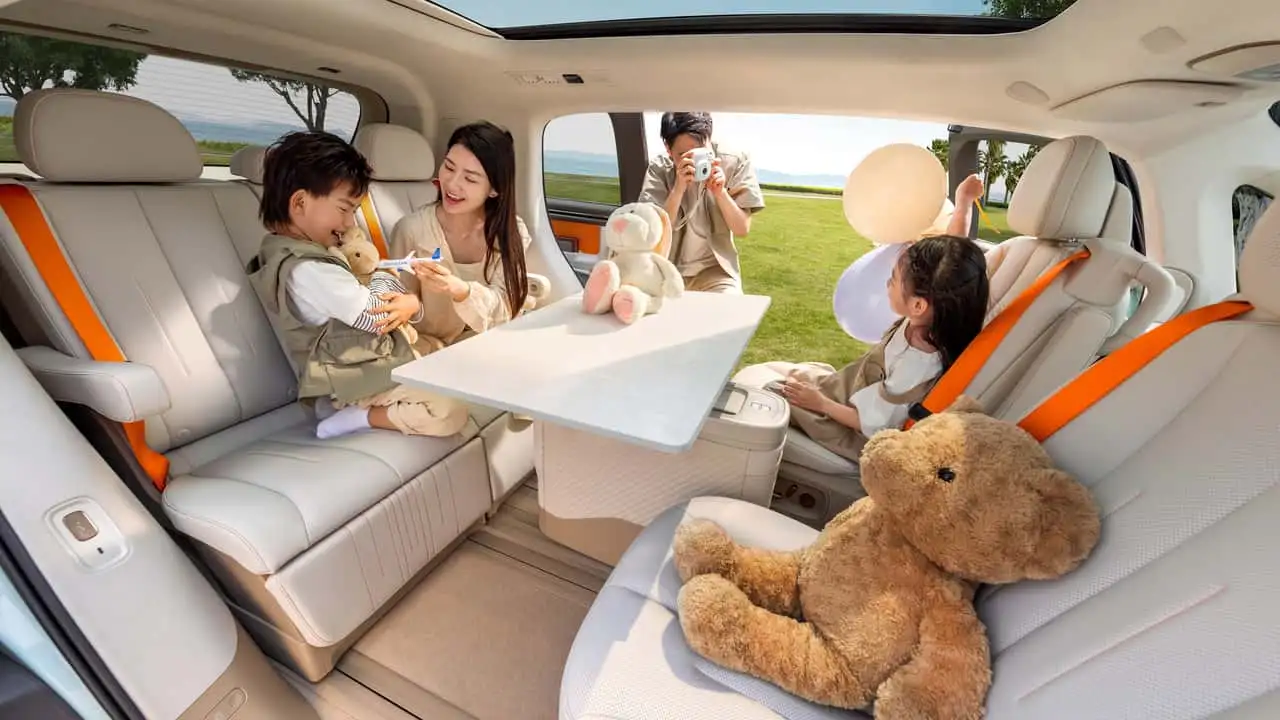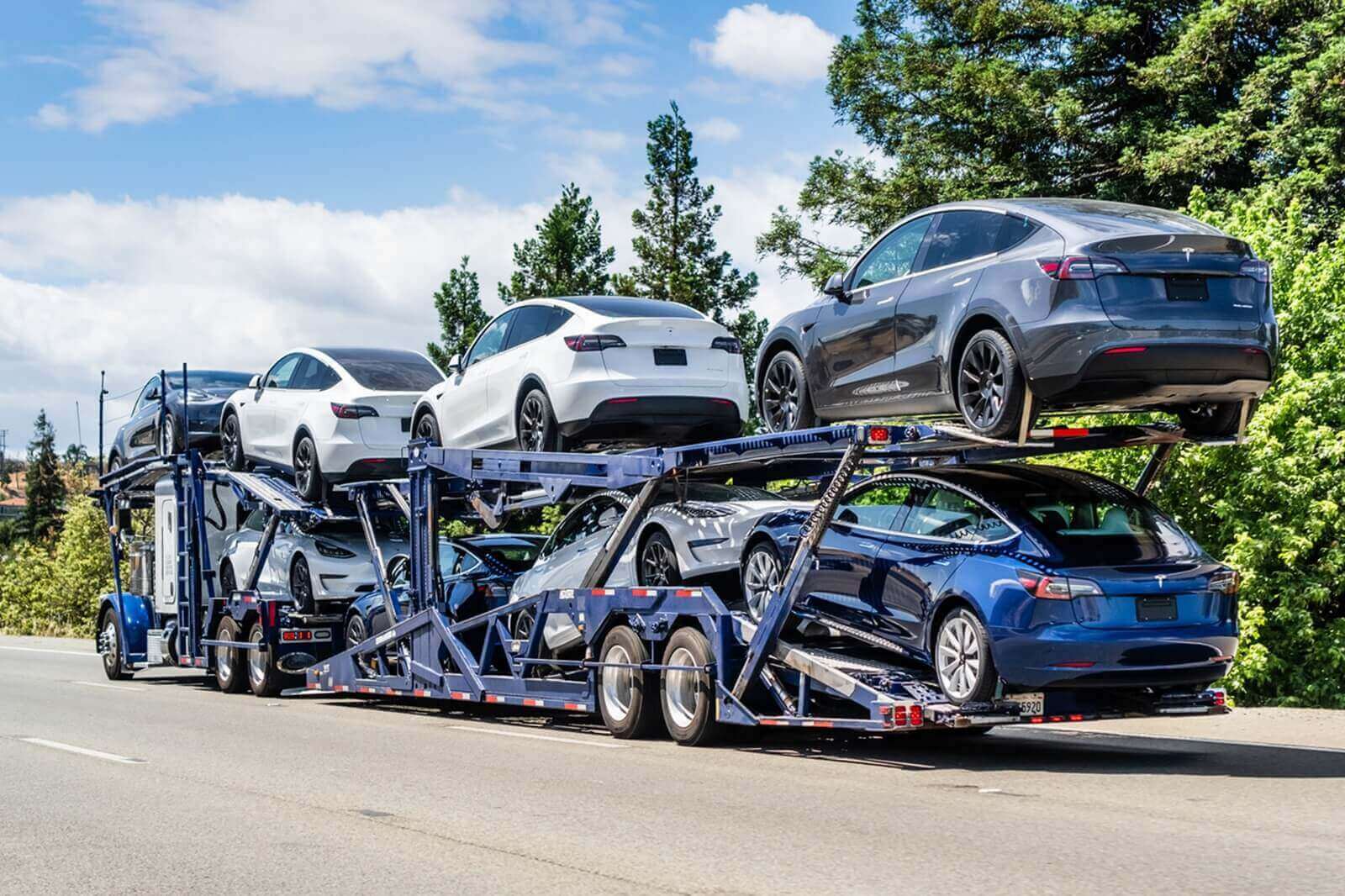“When Cullinan debuted in 2018, it redefined super-luxury motoring, enabling Rolls-Royce clients to experience the brand’s hallmark magic carpet ride on all terrains and in every corner of the world. In the six years since, Cullinan has had an extraordinary impact on our brand, attracting entirely new groups of clients to Rolls-Royce and profoundly altering perceptions of what a Rolls-Royce motor car is, means, and can be to its owner. Cullinan Series II has been created to build on that success. By integrating new technologies, meticulously considered design updates, and innovative opportunities for self-expression through Bespoke, we retain everything our clients love about this motor car yet ensure that Cullinan will transcend the SUV genre – and automotive space – for many years to come.”- Chris Brownridge, Chief Executive Officer, Rolls-Royce Motor Cars
The original Cullinan, launched in 2018, was the original super-luxury SUV. Rugged yet refined, Its success exceeded Rolls-Royce’s most ambitious expectations, and today Cullinan is the most requested Rolls-Royce in the marque’s portfolio.
Given Cullinan’s success and positive reception from clients around the world, shaping a new expression of Cullinan was undertaken with meticulous care. Rolls-Royce designers, engineers, and craftspeople drew on half a decade of detailed client feedback, the brand’s intelligence gathering, and a raft of new technologies to advance Cullinan. In its new guise, which represents the most extensive Series II development in Rolls-Royce history, it responds to changing codes of luxury and evolving usage patterns while remaining true to the essential qualities that underpin Cullinan’s unprecedented popularity.
Commanding the Urban Space
Since the first client deliveries, Cullinan fulfilled its purpose as a vehicle capable of taking its owner into locations never previously explored in a Rolls-Royce, and its versatility and ease of use also made Cullinan a daily driver for many owners. Additionally, numerous clients have told Rolls-Royce that no other car offers the same effortless performance as Cullinan’s 6.75-liter V12 engine. These were all significant considerations in conceiving Cullinan Series II.
It was noted by the marque’s intelligence specialists that an increasing number of Rolls-Royce clients were concentrated in urban areas as Cullinan increasingly serves as a super-luxury product in which clients wish to be seen and project their unique style and personalities. Specialists also observed a shift towards owners driving their motor cars themselves. When Cullinan was first launched, less than 70% were self-driven: today, almost every Cullinan is driven by its owner, with less than 10% of clients retaining the services of a chauffeur. Much of this change can be attributed to a fall in the average age of Rolls-Royce clients from 56 in 2010 to just 43 today.
Cullinan Series II Exterior
“Since the launch of the first Goodwood-built Rolls-Royce, designers have taken great care to give every model its own distinctive aesthetic universe. Each is based on detailed insights gathered directly from our clients before the motor car is conceived, and throughout its life. Cullinan Series II is born of this approach: more energetic, focussed, and expressive, in line with the priorities of today’s super-luxury consumers. In its new guise, Cullinan Series II remains effortless, everywhere – faithful to the principles and retaining the qualities that have made this motor car so successful. At the same time, it represents genuine progress and development, based on an evolved appreciation of luxury that adds statement and flourish to Cullinan’s original form.”- Anders Warming, Design Director, Rolls-Royce Motor Cars
An increasingly urban focus, a youthful cadre of clients, and a decisive shift towards self-driving defines the surface treatment and detail of Cullinan Series II’s exterior. A key theme is verticality, which recalls illuminated skyscrapers in the megacities where Cullinan is increasingly at home. This is most apparent in the new lamp treatment, where tall daytime running light graphics ensure Cullinan Series II is easily identified, day and night.
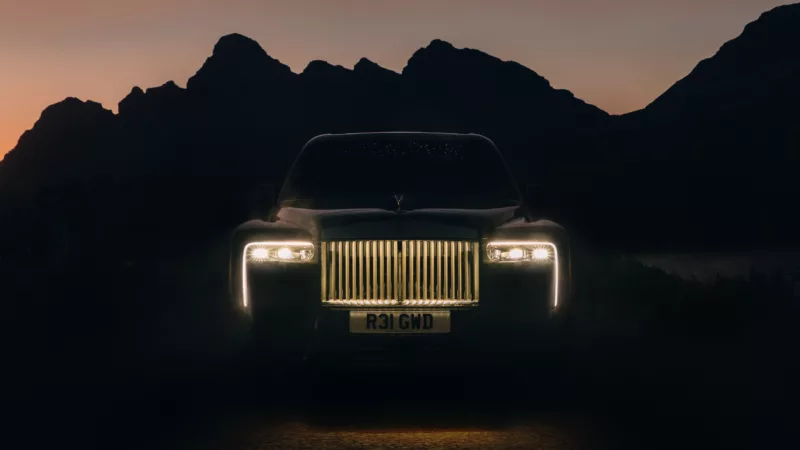
Up front, Cullinan Series II is composed of simple feature lines and crisp edges; with an emphasis on clean, monolithic surfaces that amplify the motor car’s generous proportions and presence. The bumper lines form a shallow ‘V’ from the lowest point of the daytime running lights to the motor car’s center point, recalling the sharp bow lines of modern sports yachts. Underneath, new air intakes angle outwards assertively, visually lowering the motor car when viewed head-on.
The centerpiece is the illuminated “Pantheon” grille. This is the first time Cullinan has been provisioned with an illuminated grille, further refreshed with a lower leading edge. It also incorporates a new polished horizontal ‘horizon line’ between the daytime running lights, providing a clear visual link to the marque’s pinnacle product, Phantom Series II.
The Cullinan Series II profile reveals further changes to the surfacing. While the front fenders retain their sheer, vertical lines, the marque’s designers added a restrained yet precise feature line leading from the taillight forward to the center of the floating ‘RR’ center caps on the rear wheel.
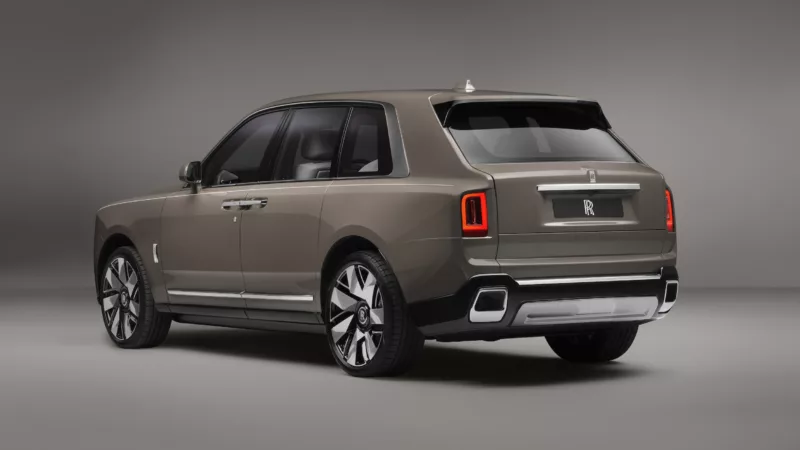
At the rear, the exhaust treatment of Cullinan Series II is a bold statement of power, as each surround is presented in mirror-finish stainless steel, cleanly integrated, and visually flush to the body. Changes at the rear conclude with a brushed stainless-steel protective plate running between the exhausts, which flows underneath the motor car.
Resolving this younger and more expressive evolution of Cullinan’s styling are upsized 23-inch wheels — the first time that 23-inch wheels have been made available for Cullinan.
Cullinan Series II Interior
Reflecting many clients’ desires for bolder forms of self-expression, innovative decoration, and detail have been added throughout the interior of Cullinan Series II. The most substantive change to the motor car’s geometry is the pillar-to-pillar glass-panel fascia in the upper portion of the dashboard – an elegant and versatile design element that stages both digital and physical craftsmanship.
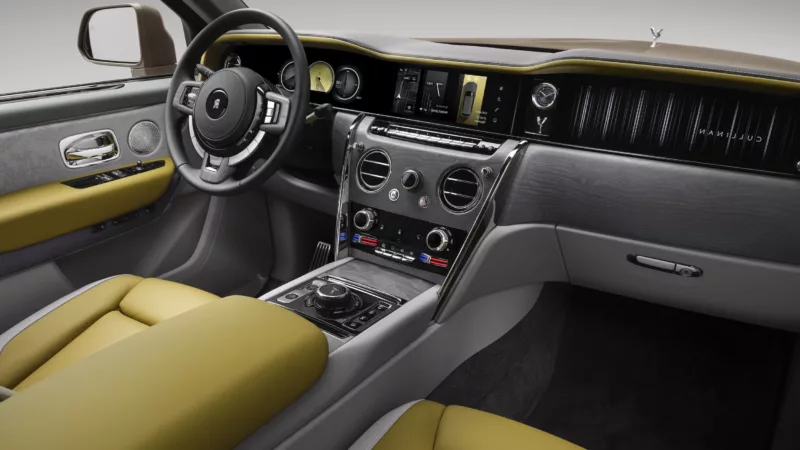
The gauge cluster panel in front of the driver and the new, permanently visible Central Information Display in the center of the fascia are redesigned to form a stage for the advanced SPIRIT operating system. This digital interface was first introduced on the all-electric Spectre; Cullinan Series II marks the first application of SPIRIT in a V12-powered Rolls-Royce. It also presents opportunities for Bespoke personalization to extend from the physical to the digital world — clients can tailor the color of the instrument dials to complement the motor car’s interior palette or exterior finish.
SPIRIT also sees Whispers, the Rolls-Royce private members application, integrated into Cullinan. Clients can send destinations directly to their motor car, view Cullinan’s location remotely, and manage vehicle locking through the app.
Connectivity has been refined throughout the motor car, especially for those in the rear of Cullinan Series II. Clients can connect up to two streaming devices to the rear screens, which now incorporate a Bespoke interface for streaming car management and seating functions such as massage, heating, and cooling.
The installation of internet connectivity allows clients to enjoy a WiFi hotspot connection and independent streaming for each screen. In a Cullinan first, Bluetooth headphones of any type can be paired with the rear seat infotainment system, or clients can enjoy the marque’s exceptional 18-speaker Bespoke Audio system, which benefits from the latest generation 18-channel 1400-watt amplifier. Cullinan Series II retains the brand’s celebrated speaker architecture wherein cavities within the motor car’s aluminum sill sections are used as resonance chambers for low-frequency speakers, effectively transforming the entire motor car into a subwoofer.
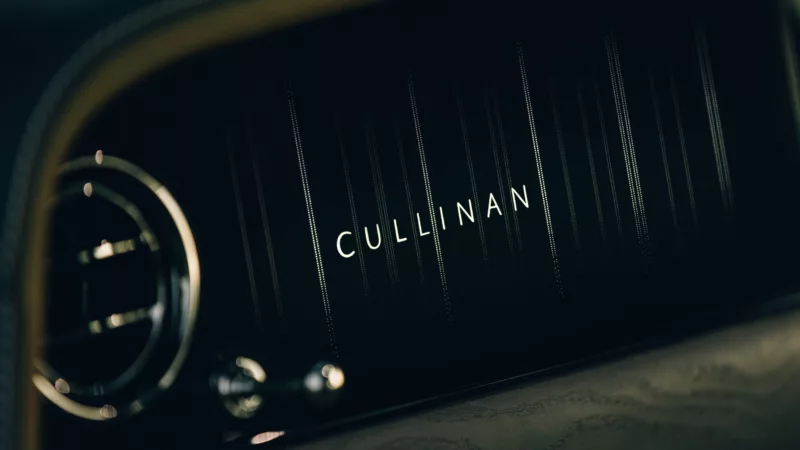
Directly in front of the passenger is an Illuminated Fascia panel — a remarkable expression of modern craft that debuted with Ghost before appearing in Spectre and now, for the first time, is available within the Cullinan family. In this guise, it features an illuminated Cullinan wordmark and a unique Cityscape graphic inspired by the skyscrapers of the world’s megacities at night. This is created using 7,000 graphical elements printed on multiple layers of robust security glass, each a slightly different shade of grey to create the perception of depth. In addition to this prêt-à-porter design, clients are also able to create their own Illuminated Fascia motif in collaboration with the marque’s Bespoke designers.
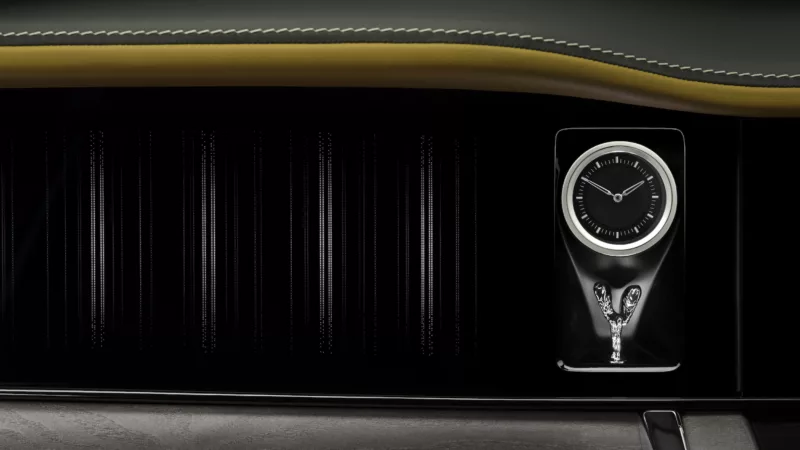
Alongside the Central Information Display on the passenger side of the fascia is the new Spirit of Ecstasy Clock Cabinet. This unique inset vitrine displays both an analog timepiece and an up-lit Spirit of Ecstasy figurine.
Cullinan Series II: An Evolved Material Palette
To acknowledge Cullinan’s ability – and the desire of many clients – to escape into nature at will, the interior is comprised of a palette inspired by botanicals. Cullinan Series II introduces Grey Stained Ash, a richly-grained natural open-pore wood with a delicate shimmer. All of the logs of this species are individually selected, and veneer ‘leaves’ are subsequently stained by hand and elevated with the addition of microscopic metallic particles, which creates the unique effect – a process that took more than four years of development.
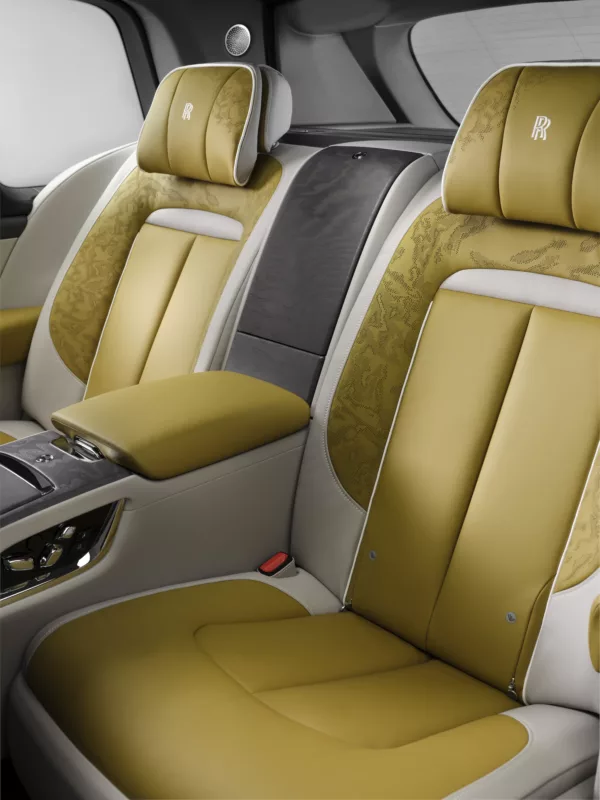
Cullinan Series II also continues Rolls-Royce’s exploration of textiles with a new fabric made using natural bamboo fibers, named Duality Twill. The use of this material was inspired by the extensive bamboo grove in the Jardin Botanique du Rayol on the Côte d’Azur, which neighbors Sir Henry Royce’s former winter home, Villa Mimosa. Members of the design team visited the gardens during a research excursion where they were inspired to develop a material made with the plant, which has grown in the grounds of the Jardin for more than a century and would have been observed by Sir Henry Royce himself.
This intricately embroidered textile was developed for more than a year in collaboration with a master weaver who has now joined Rolls-Royce full-time to oversee this complex process, which takes place at the Home of Rolls-Royce at Goodwood. A full Duality Twill interior can incorporate up to 2.2 million stitches, and 11 miles of thread, and is the product of 20 hours of construction. To ensure uniformity in the pattern, each piece is individually crafted before being cut using a specially developed laser that seals the material’s edge and mitigates individual threads becoming loose. The base twill textile is available in three colors – Lilac, Chocolate, and Black – and clients can select from 51 different thread colors.
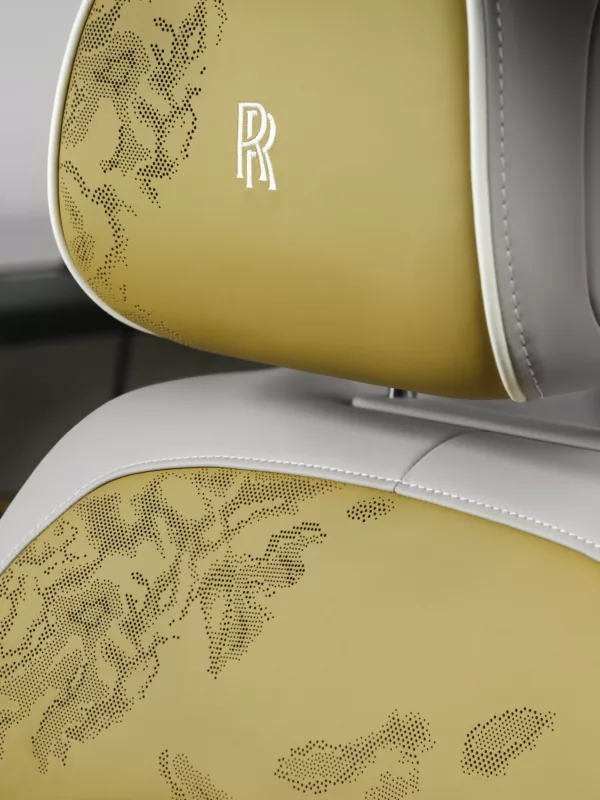
Cullinan Series II integrates another new contemporary craft technique developed by the marque’s artisans; Placed Perforation is the practice of creating artwork through tiny perforations in the leather. Available for the first time on a series model with Cullinan Series II, designers created a pattern, inspired by the constantly changing shapes and shadows of the clouds over the Home of Rolls-Royce at Goodwood, comprising 107,000 0.8- and 1.2-millimeter perforations. A single craftsperson checks each perforation to ensure absolute uniformity.
Rolls-Royce Black Badge Cullinan Series II: The Alter Ego, Evolved
Stay tuned to this space for a preview of Cullinan Series II’s alter ego, Black Badge Cullinan Series II.
Black Badge Cullinan Series II, an evolved, more visceral expression of Rolls-Royce, caters to a select subset of Rolls-Royce clients with specific tastes and priorities; offers unique Black Badge exterior coachwork and interior details developed for Series II; and features a more overt and expressive application of contemporary materials and technologies.
